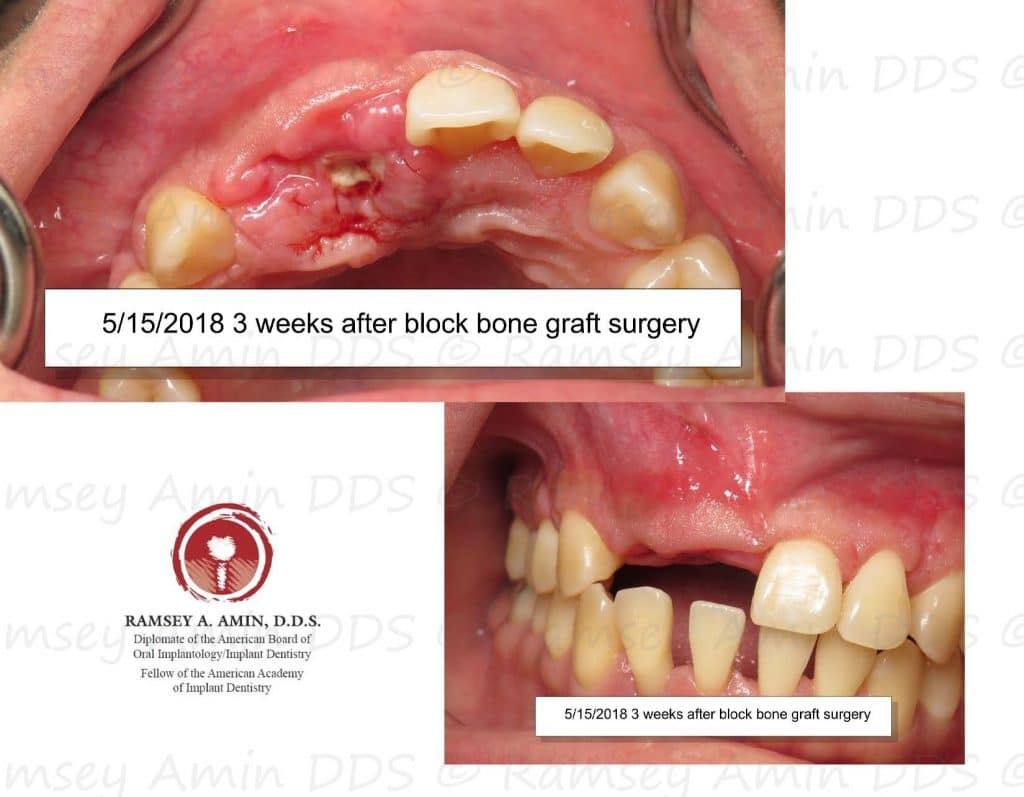
More of the tooth is exposed than was intended which can cause increased sensitivity and risk of decay. But an overerupted tooth can cause problems. Teeth grow until they meet something, whether it is another tooth, the gum on the other jaw, or in some cases a strong tongue position can keep a tooth in place. This has nothing to do with volcanoes and is not a sudden event, but over the years, the body will push the unopposed tooth out of the jaw bone in a ‘search’ for something to bite against. If there is an opposing tooth which is then left opposite the gap with nothing to bite onto, a phenomenon called Overeruption can occur. In addition, the reduced bone can then provide less support for the surrounding teeth and the teeth on either side of the gap can tilt or lose their position. This is important because losing alveolar bone can limit the options for replacing teeth in the future. This bone only exists to support our teeth, and when we lose a tooth, not only can some of the bone come with it, but then our body’s own cells start to reshape the bone down to the hard basal bone of the jaw.

However, there are consequences! Every time we lose a tooth, we also lose the surrounding bone, known as the alveolar bone. Whatever the reason, the tradition in Scotland has often been just to ‘pull’ a failing tooth and think no more about it.

People lose teeth for all sorts of reasons – sometimes it is a knock to the tooth, or tooth decay, or gum disease or a combination of all of the above, or a history of a large filling which then breaks down.


 0 kommentar(er)
0 kommentar(er)
